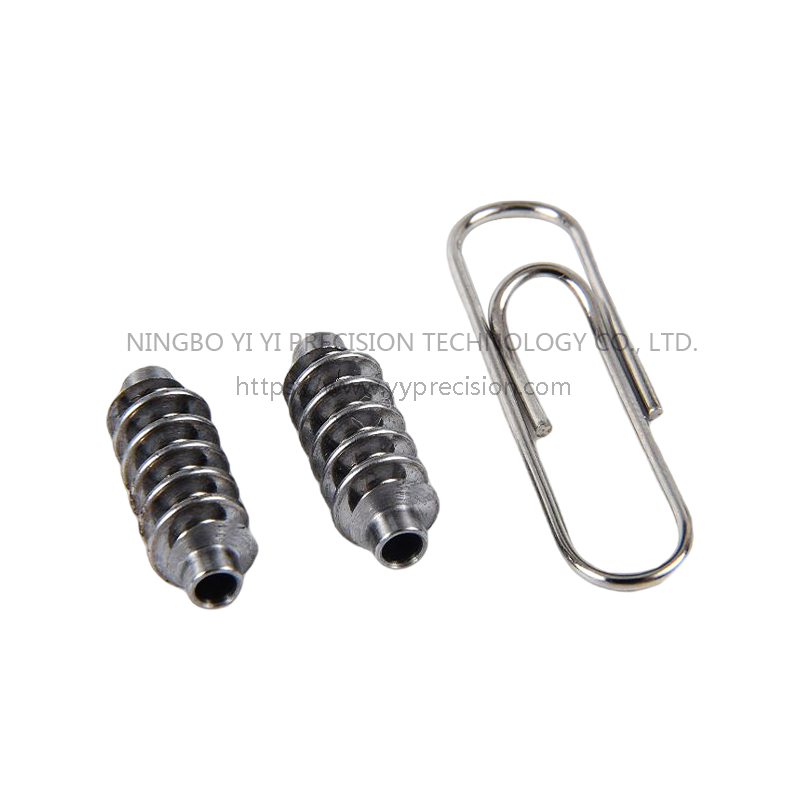Precision Turning Shafts represent the epitome of engineering finesse, merging scientific principles with the artistry of craftsmanship to attain unparalleled precision and functionality. This complicated technique includes transforming uncooked materials into meticulously crafted shafts that serve as vital additives in numerous industries, from aerospace to manufacturing. The marriage of technology and craft in precision turning shafts is a testament to the relentless pursuit of perfection in engineering.
At its center, precision turning is a fantastically specialised machining method that entails the removal of cloth from a workpiece to create a cylindrical shape with fantastically tight tolerances. The technology behind precision turning includes a deep understanding of substances, slicing tools, and machining dynamics. Engineers delve into metallurgy to pick out the surest substances for the shaft, considering elements including energy, durability, and resistance to wear. The use of advanced alloys and distinctive substances in addition exemplifies the clinical rigor applied to make certain the shaft's resilience in worrying operational environments.
The craft of precision turning involves the delicate interaction of human skill and trendy equipment. Master machinists, with years of experience, orchestrate the symphony of slicing equipment and lathes to form the raw materials right into a wonderful shaft. The craftsmanship extends beyond mere technical talent; it includes an intuitive information of the intricacies worried within the machining procedure. This level of expertise lets in artisans to finesse the details, adjusting slicing speeds, feeds, and tool angles to acquire the precise specs required for the shaft's meant reason.
The precision finished in turning shafts isn't always simplest a end result of technological advancements but additionally the meticulous attention to element that defines the craft. Every cut, each rotation of the lathe, is a carefully choreographed motion designed to remove imperfections and ensure uniformity. The craftsperson's keen eye and steady hand come into play, refining the floor end and dimensional accuracy of the shaft. This marriage of science and craft is what distinguishes precision turning from conventional machining procedures.
Beyond the technical aspects, the technological know-how and craft of precision turning shafts contribute notably to the performance and reliability of infinite mechanical structures. Whether manufacturing complex components for medical equipment or producing high-performance components for aerospace applications, precision turning plays a crucial role in shaping the modern world. The result is a testomony to the collaboration between scientific standards and the artisanal skill, producing shafts that encompass the pinnacle of engineering excellence.In the field of precision turning, the combination of science and technology not only produces functional components, but also becomes a work of art created by the originality and professional knowledge of professional craftsmen.
 CARBON / ALLOY STEEL WORM SHAFT
CARBON / ALLOY STEEL WORM SHAFT
Material: 45#
Is Used To Transmit The Motion And Power Between Staggered Shafts. Generally, The Staggered Angle Of The Two Shafts Is 90 °. In General Worm Drive, The Worm Is The Driving Part. From The Appearance, The Worm Is Similar To The Bolt, While The Worm Gear Is Very Similar To The Helical Cylindrical Gear. When Working, The Worm Gear Teeth Slide And Roll Along The Spiral Surface Of The Worm. In Order To Improve The Contact Condition Of The Gear Teeth, The Worm Gear Is Made Into An Arc Shape Along The Tooth Width Direction, So That The Worm Part Is Wrapped.

